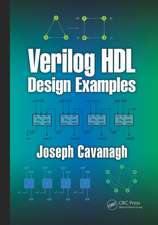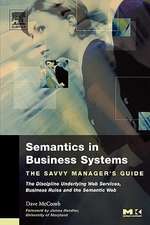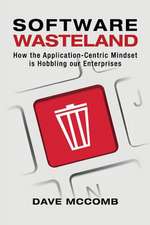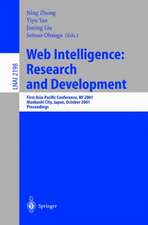The Data-Centric Revolution: Restoring Sanity to Enterprise Information Systems
Autor Dave McComben Limba Engleză Paperback – 10 sep 2019
Preț: 169.76 lei
Preț vechi: 212.21 lei
-20% Nou
Puncte Express: 255
Preț estimativ în valută:
32.49€ • 33.79$ • 27.23£
32.49€ • 33.79$ • 27.23£
Carte disponibilă
Livrare economică 20 februarie-06 martie
Preluare comenzi: 021 569.72.76
Specificații
ISBN-13: 9781634625401
ISBN-10: 1634625404
Pagini: 354
Dimensiuni: 155 x 230 x 25 mm
Greutate: 0.47 kg
Editura: Technics Publications Llc (US)
Colecția Technics Publications LLC (US)
ISBN-10: 1634625404
Pagini: 354
Dimensiuni: 155 x 230 x 25 mm
Greutate: 0.47 kg
Editura: Technics Publications Llc (US)
Colecția Technics Publications LLC (US)

























